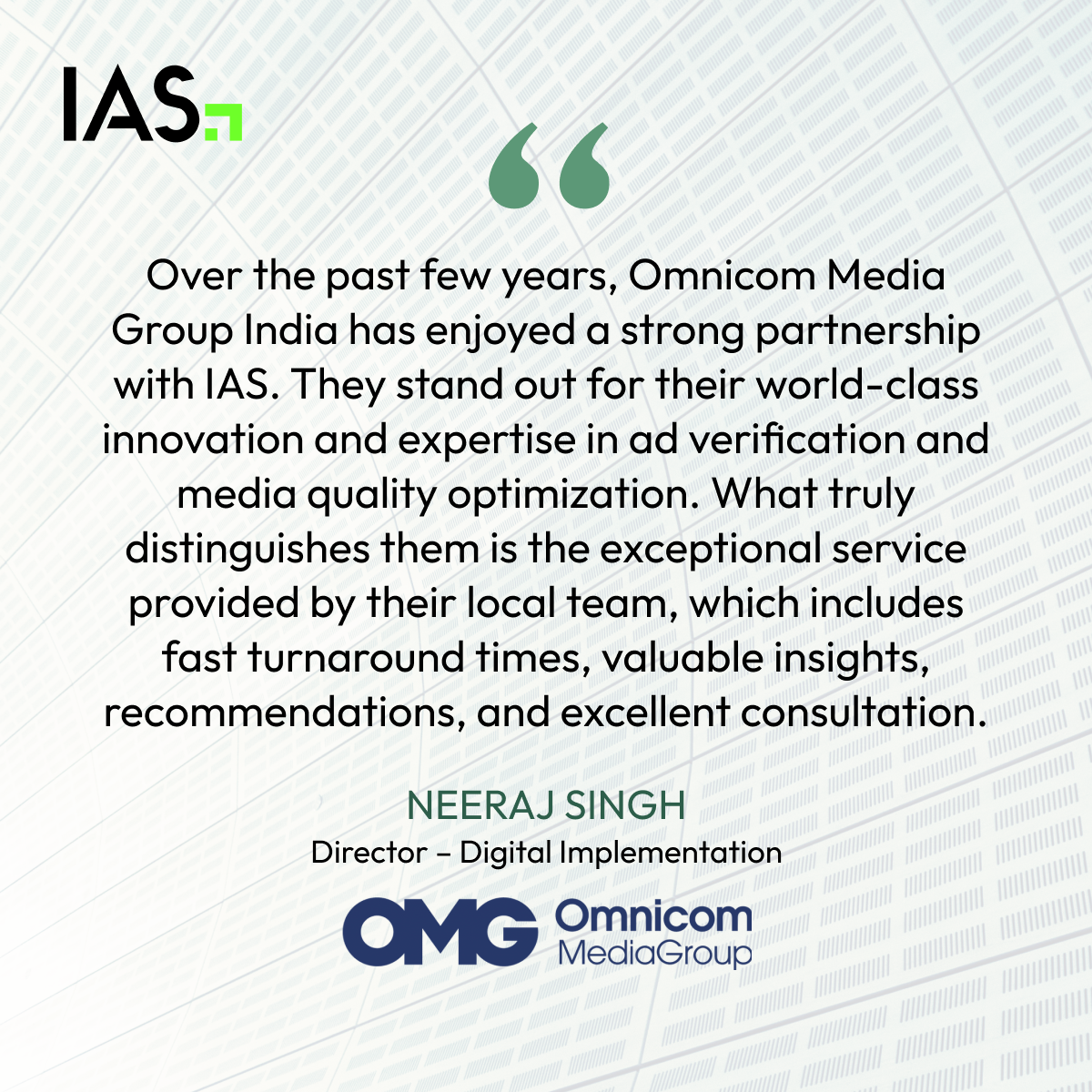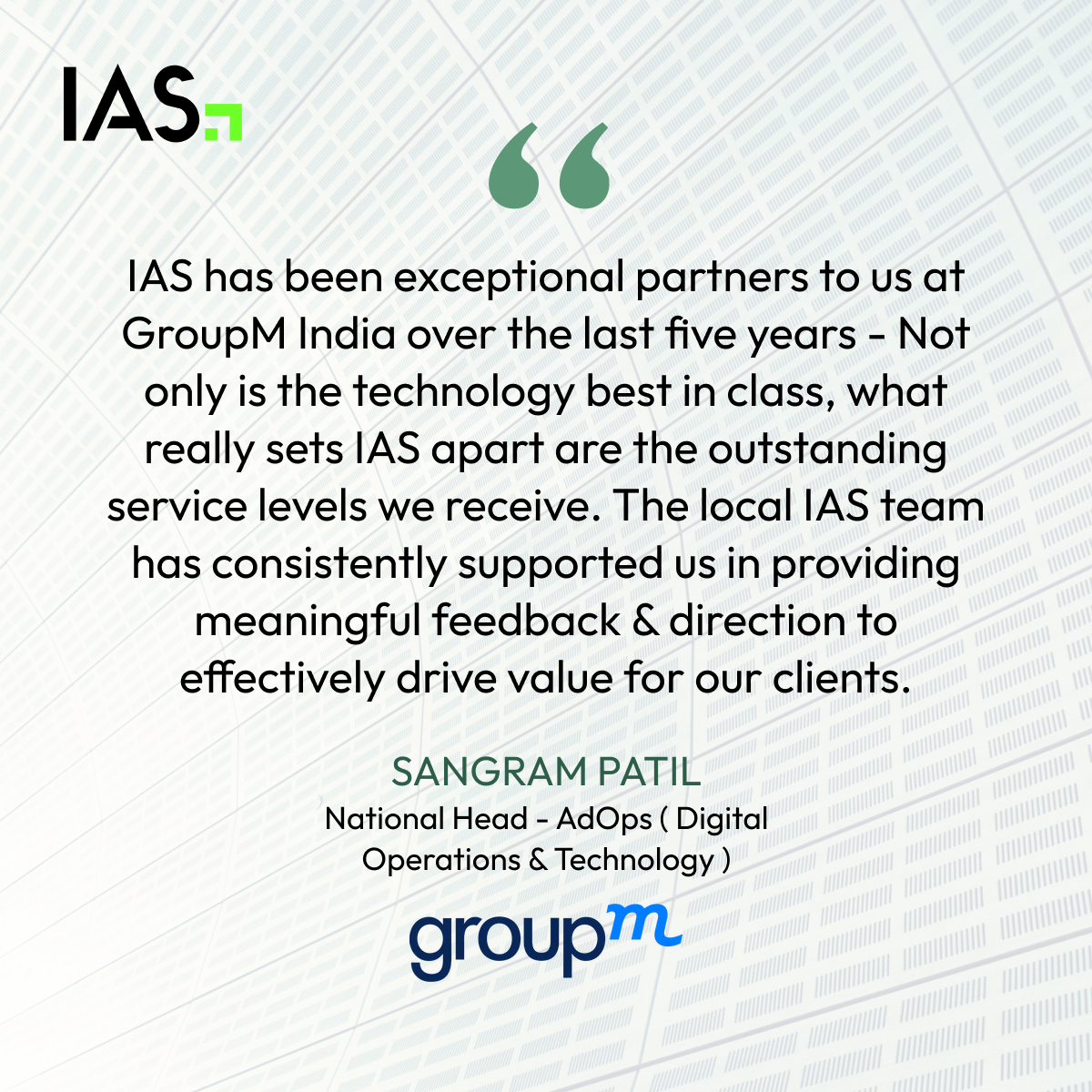Viewability was thrust back in the spotlight after Procter and Gamble’s declaration that all members of its media supply chain must meet Media Ratings Council (MRC) standards for digital ads, or risk not getting paid.
With users spending more time than ever in mobile apps where viewability is hard to gauge, native advertising is due to absorb over half of European display budgets by 2020, and social network advertising is reaching almost $33 billion worldwide. Accurate viewability measures on these channels is vital.
So what is the current state of viewability in these emerging channels, and how can the industry develop effective consistent standards across the board?
Social platforms
Social media sites have largely established their own metrics — arguing that differences in the way users interact with each platform makes standardisation difficult. For example, Facebook has so far defined ads as viewable the moment they hit the view stream, without applying the MRC’s one-second time restriction, meaning that an ad could be deemed viewable even if the user scrolled straight past it. However, Facebook’s agreement to be audited by the MRC may be an indication of willingness to provide greater visibility into its measurement methodology and align practices with industry standards.
As platforms such as Snapchat and Pinterest continue to gain popularity, third-party verification will increasingly be essential for social platforms. We have seen an increasing demand for transparency within these platforms, and in response, social platforms have begun opening themselves up to third-party measurement reporting.
Mobile in-app
Although measurement for the mobile Web (in-browser) already exists at scale and the MRC has issued mobile-specific guidelines, verifying in-app viewability remains more of a challenge for the industry. The ad containers in which in-app ads are rendered are native to each app, which makes external measurement difficult. To address this, open-source code has been made available to all through the Mobile Verification Open-Source SDK, which is now governed by the IAB.
This new, collaborative approach allows for consistent in-app measurement, enabling app publishers to assess inventory without integrating multiple SDKs. What’s more, once the open-source code is integrated into major mobile advertising supply SDKs, there will be an open, single viewability measurement method for applications. This will make it easier to effectively measure in-app advertising performance alongside all other advertising formats.
Native
Native ads are not easy for third-party verification tools to measure, as they all are built using custom technology, which means there is no standard way to measure them. Furthermore, factors such as dynamic size variation, content orientation, and how native ad units render all create complexities when gauging viewability within programmatic trading.
The good news is that the industry is moving toward making measurement easier, with growing awareness of the need to track how long users spend viewing an ad on a page. This is an important metric when considering brand-based KPIs, as opposed to DR.
IPTV/OTT
With hurdles of legislation, privacy, inventory, speed, and control to overcome, viewability standards are not necessarily top of mind for those developing the infrastructure for IPTV, but it is something that must be considered to allow verification across an advertisers’ entire media plan. Second-screen search and in-app activity following a TV ad broadcast are currently being used as a proxy to determine whether an ad is viewed and is driving action, but there are as yet no viewability standards in place for IPTV.
Digital OOH
With the rise in digital OOH, assessing the impact of outdoor advertising is becoming more sophisticated than simply measuring footfall or traffic in the local area. By using mobile data, providers are starting to measure OOH viewability, factoring in the angle, distance, and direction from which ads are viewed. As digital OOH continues to mature, all these factors will become considerations for the industry moving forward. But when it comes to viewability measurement, the industry isn’t quite there yet.
Avoiding the viewability trap
One of the key issues with current standards is that they only measure whether ads had the opportunity to be viewed — not whether they were actually viewed, reached their target audience, or effectively drove the desired business outcome. In establishing viewability metrics that work across all existing and emerging channels, the industry must be mindful to ensure they do more than verify the opportunity. How consumers engage with ads to achieve insight into true performance must also be taken into account.
Viewability remains a complex area, and the focus for technology companies must be around media plan coverage. As the industry matures, advertisers will begin moving past impression and media-based metrics toward understanding the consumer journey by looking at consumer-based measurement.
Read the article on MediaPost here.
 Share on LinkedIn
Share on LinkedIn Share on X
Share on X

